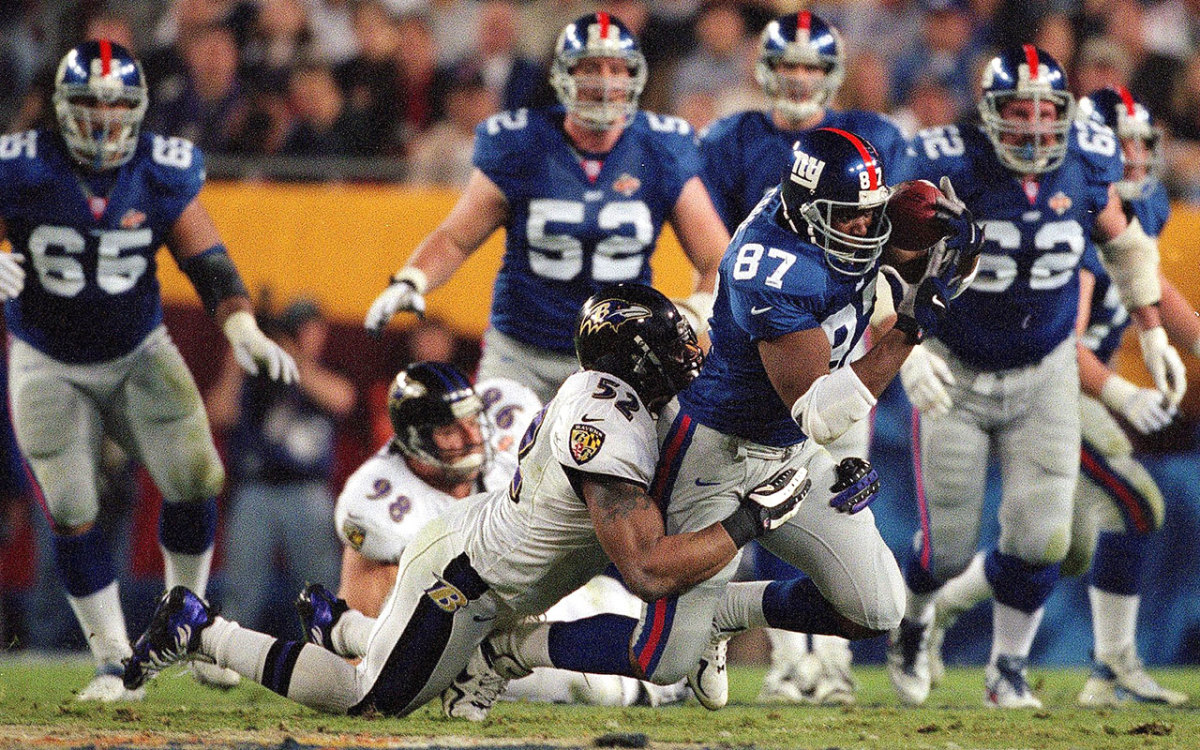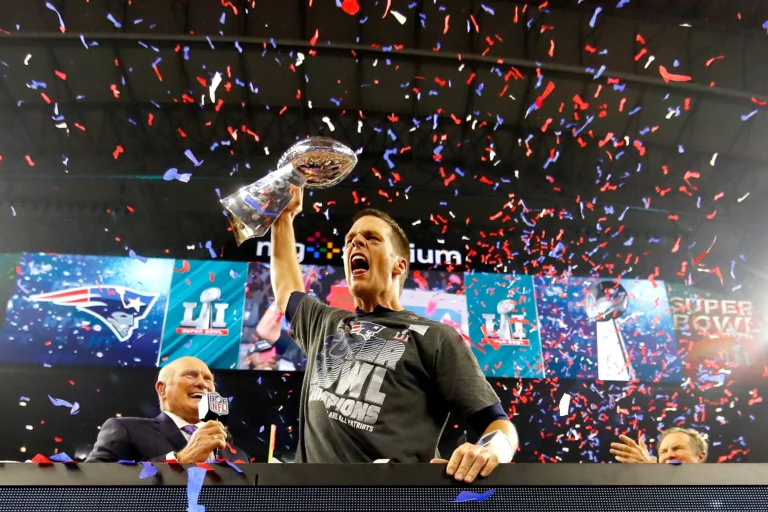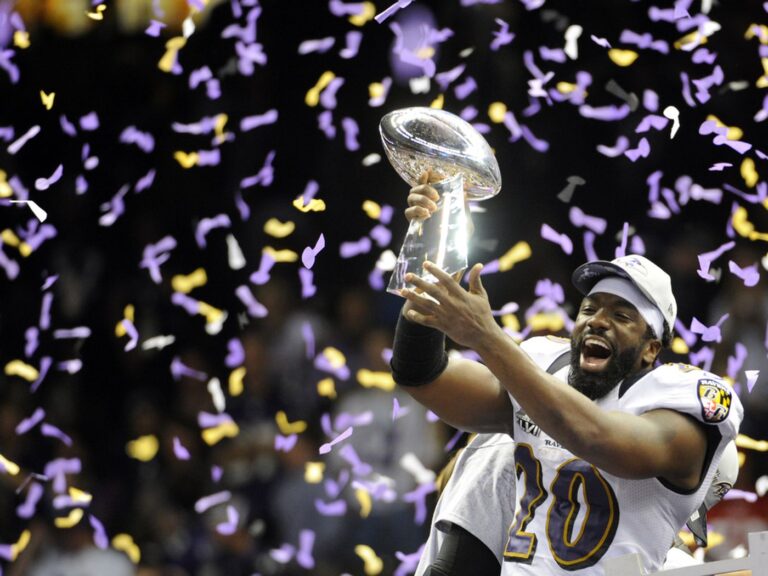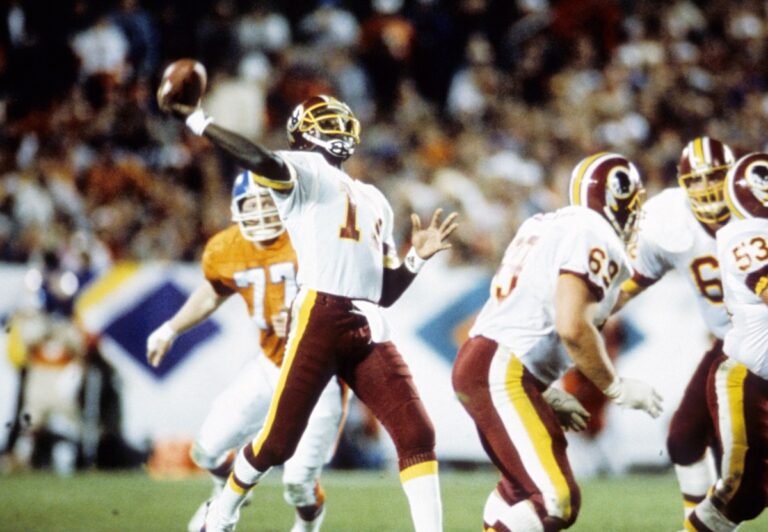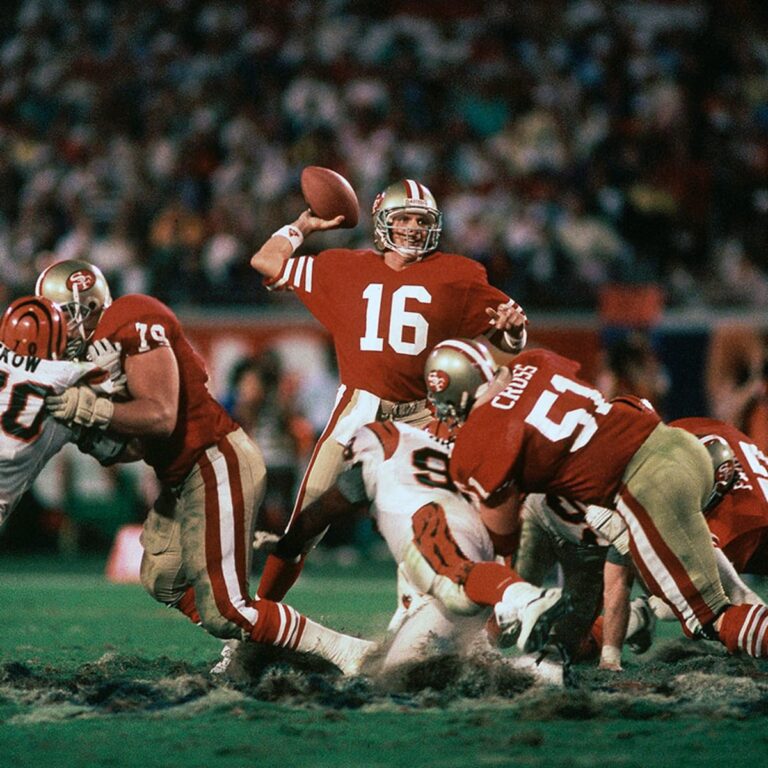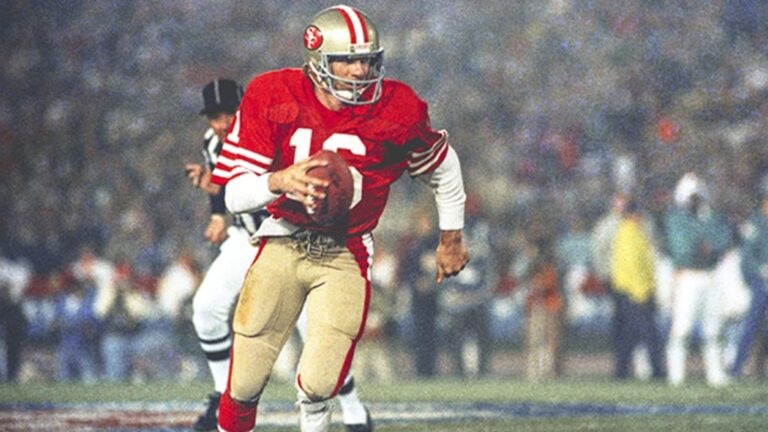Super Bowl XXXV: Ravens vs. Giants – A Defensive Masterclass and Baltimore’s Gridiron Triumph
Introduction:
Super Bowl XXXV, held on January 28, 2001, at Raymond James Stadium in Tampa, Florida, showcased a defensive showdown that left an indelible mark on NFL history. The game between the Baltimore Ravens and the New York Giants not only unfolded as a gridiron spectacle but also marked the triumph of Baltimore’s dominant defense and the culmination of an extraordinary season. In this blog post, we explore the narrative of Super Bowl XXXV, a game defined by defensive prowess, strategic brilliance, and the Ravens’ ascent to football glory.
The Context:
Super Bowl XXXV took place during a season where the Baltimore Ravens, led by head coach Brian Billick, established themselves as a defensive powerhouse. On the other side, the New York Giants, coached by Jim Fassel, sought to overcome the Ravens’ defensive might and secure their place in football history. The stage was set for a clash that would unfold as a chess match between two determined teams.
The Teams and Players:
The Ravens boasted a historic defense, led by players like linebacker Ray Lewis, safety Rod Woodson, and defensive end Michael McCrary. On the offensive side, quarterback Trent Dilfer and running back Jamal Lewis anchored the Ravens’ approach. The Giants, led by quarterback Kerry Collins and running back Tiki Barber, were known for their resilient and balanced offensive strategy.
The Game Unfolds:
Super Bowl XXXV kicked off with both teams showcasing strong defensive performances in the first quarter. The Ravens, however, quickly asserted their dominance, capitalizing on turnovers and shutting down the Giants’ offense. Baltimore’s defense, nicknamed the “Ravens Flock,” showcased relentless pressure and strategic brilliance, limiting the Giants’ scoring opportunities.
The Ravens’ offense, while not as explosive as their defense, executed efficiently, with Trent Dilfer managing the game and Jamal Lewis providing a solid ground attack. The Giants, facing a formidable defensive force, struggled to find a rhythm, and the Ravens secured a commanding 10-0 lead at halftime.
The second half continued in a similar fashion, with the Ravens’ defense maintaining its suffocating pressure. Baltimore added to their lead with a touchdown from a kick return by Jermaine Lewis and a touchdown pass from Dilfer to Brandon Stokley. The Ravens ultimately clinched a convincing 34-7 victory, marking their first Super Bowl title and solidifying their place in NFL history.
Defensive Brilliance of the “Ravens Flock”:
Super Bowl XXXV is perhaps best remembered for the defensive brilliance of the Baltimore Ravens. Coordinated by defensive coordinator Marvin Lewis, the “Ravens Flock” held the Giants to just 152 total offensive yards, intercepted Kerry Collins four times, and forced several fumbles. Ray Lewis, the game’s MVP, led the defense with 11 tackles, and the Ravens set a Super Bowl record by holding the Giants to only 5 rushing yards.
The strategic brilliance of the Ravens’ defense was evident in their ability to neutralize the Giants’ offensive threats, disrupt passing lanes, and capitalize on turnovers. The Ravens’ defensive performance in Super Bowl XXXV is widely regarded as one of the greatest in Super Bowl history.
Offensive Contributions and Game Management:
While the Ravens’ defense took center stage, the team’s offense, led by quarterback Trent Dilfer and running back Jamal Lewis, made crucial contributions. Dilfer, known for his efficient game management, threw for 153 yards and a touchdown, minimizing mistakes and allowing the defense to dictate the flow of the game.
Running back Jamal Lewis rushed for 102 yards, providing a solid ground game that complemented the defensive dominance. The Ravens’ offensive strategy focused on ball control and minimizing risks, a formula that proved effective in securing the victory.
Legacy and Impact:
Super Bowl XXXV left an enduring legacy, marking the Baltimore Ravens’ first Super Bowl championship and the culmination of a season defined by defensive excellence. The victory solidified the Ravens as a defensive powerhouse and showcased the impact of a well-coordinated and relentless defensive unit. Ray Lewis’s MVP performance added to his legendary status, and the “Ravens Flock” remains a benchmark for defensive greatness in the NFL.
For the Giants, Super Bowl XXXV served as a challenging chapter, highlighting the difficulties of facing an elite defense. However, the team’s journey to the championship game underscored their resilience and competitiveness, setting the stage for future successes.
Halftime Show and Cultural Impact:
Super Bowl XXXV’s halftime show featured performances by Aerosmith, ‘N Sync, and Britney Spears, capturing the fusion of sports and entertainment. While halftime shows of this era may not have been as elaborate as contemporary productions, they contributed to the evolving cultural significance of the Super Bowl as a major entertainment event.
Conclusion:
As we reflect on Super Bowl XXXV, it stands as a defensive masterclass and a testament to the impact of a dominant defense in championship football. The game not only celebrated the Baltimore Ravens’ historic triumph but also showcased the strategic brilliance of the “Ravens Flock” and the resilience of a team that embraced a blue-collar approach to victory. Super Bowl XXXV remains a timeless moment in football history, embodying the essence of teamwork, determination, and the pursuit of gridiron greatness.

